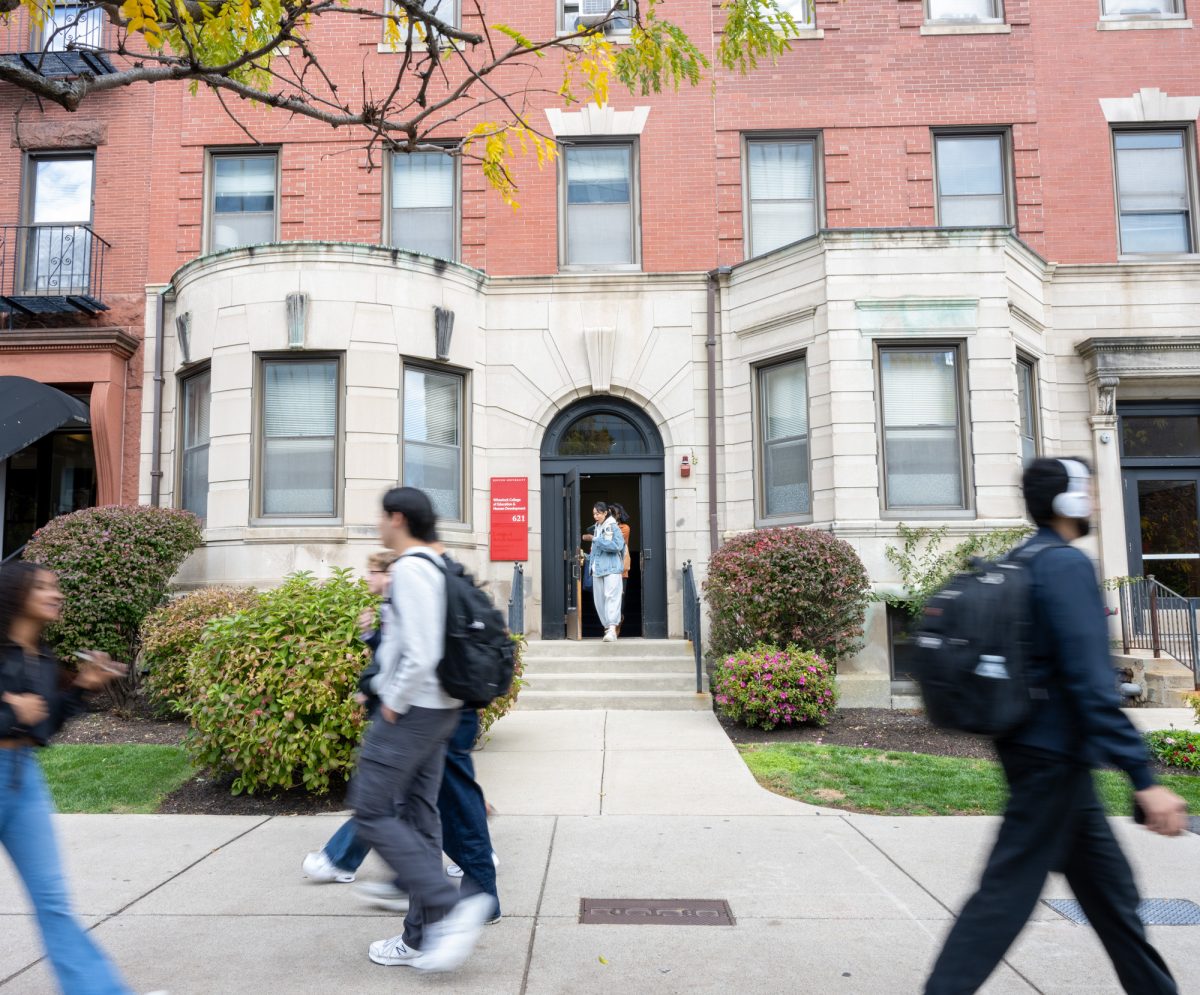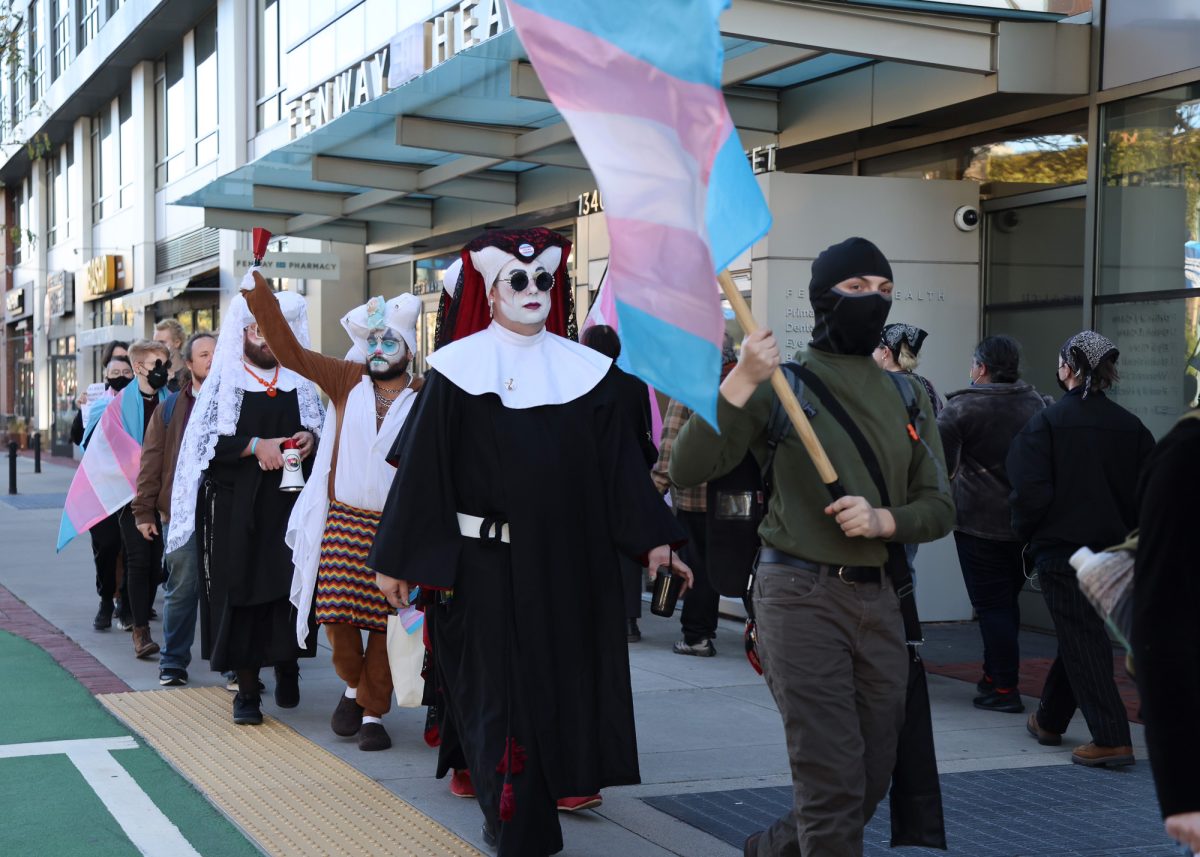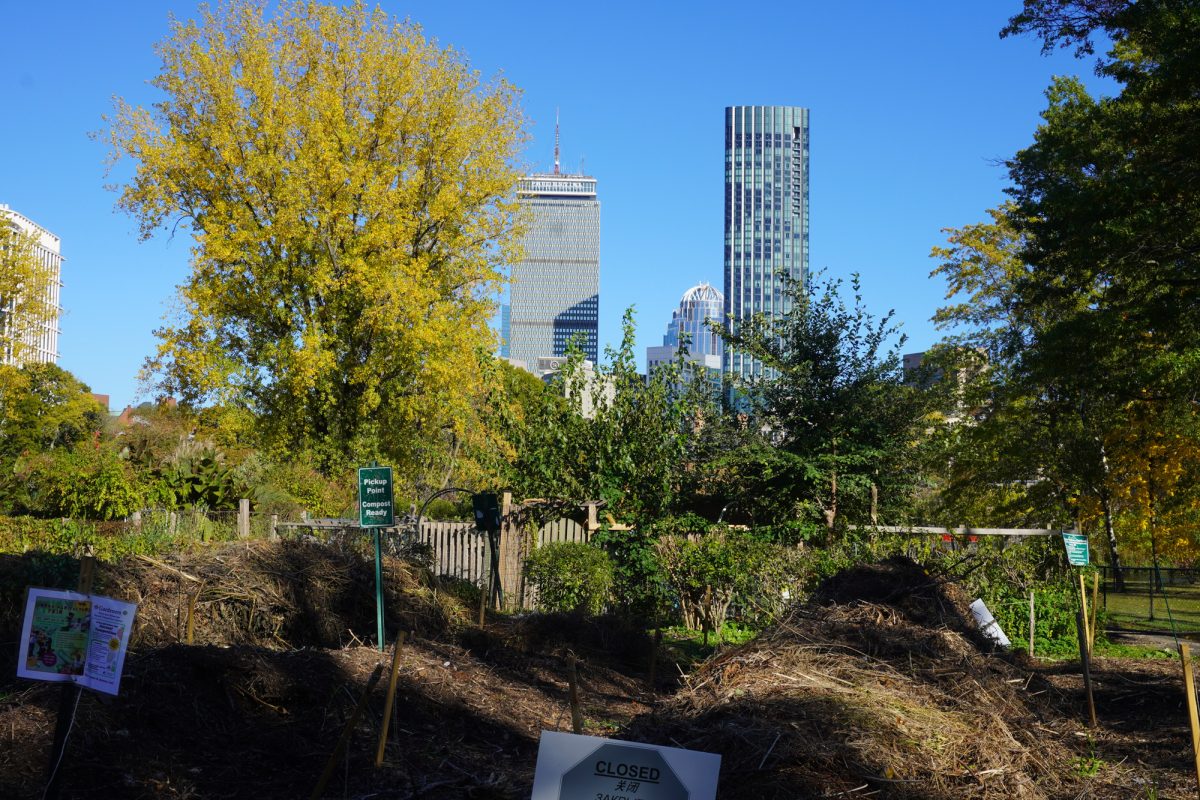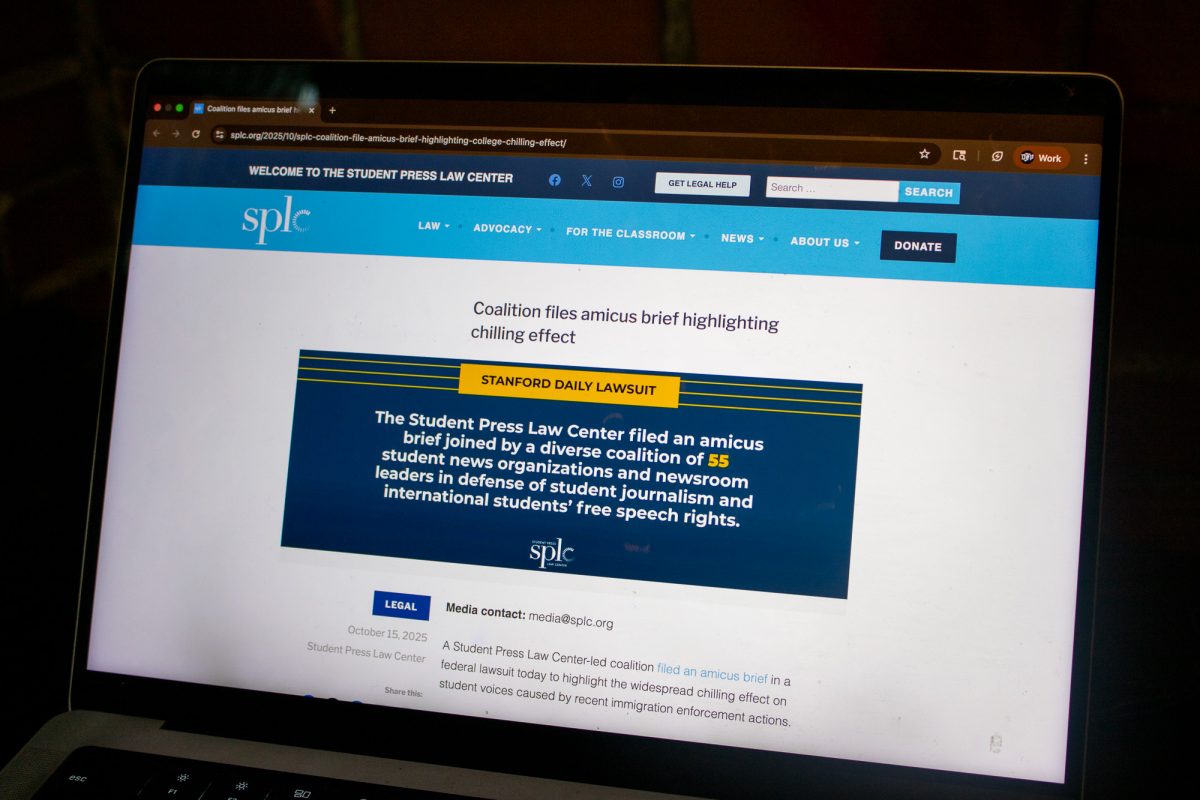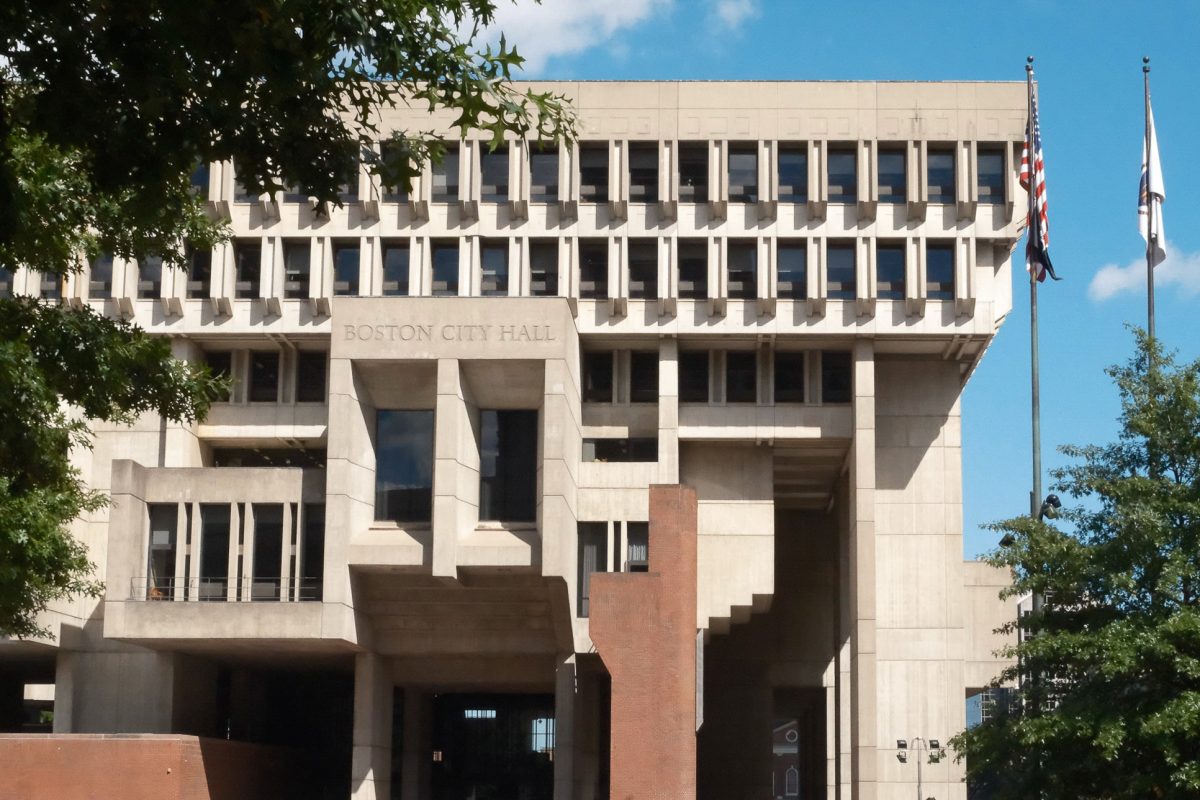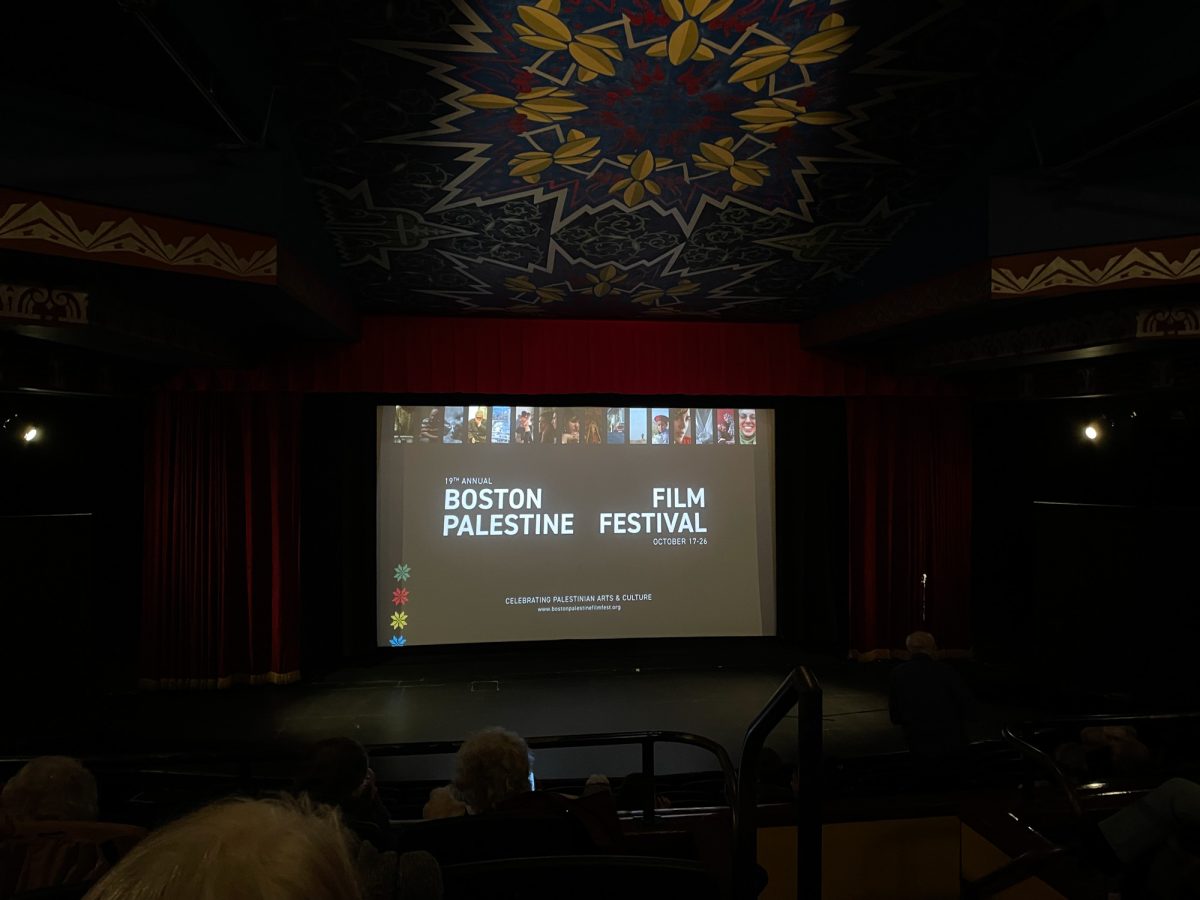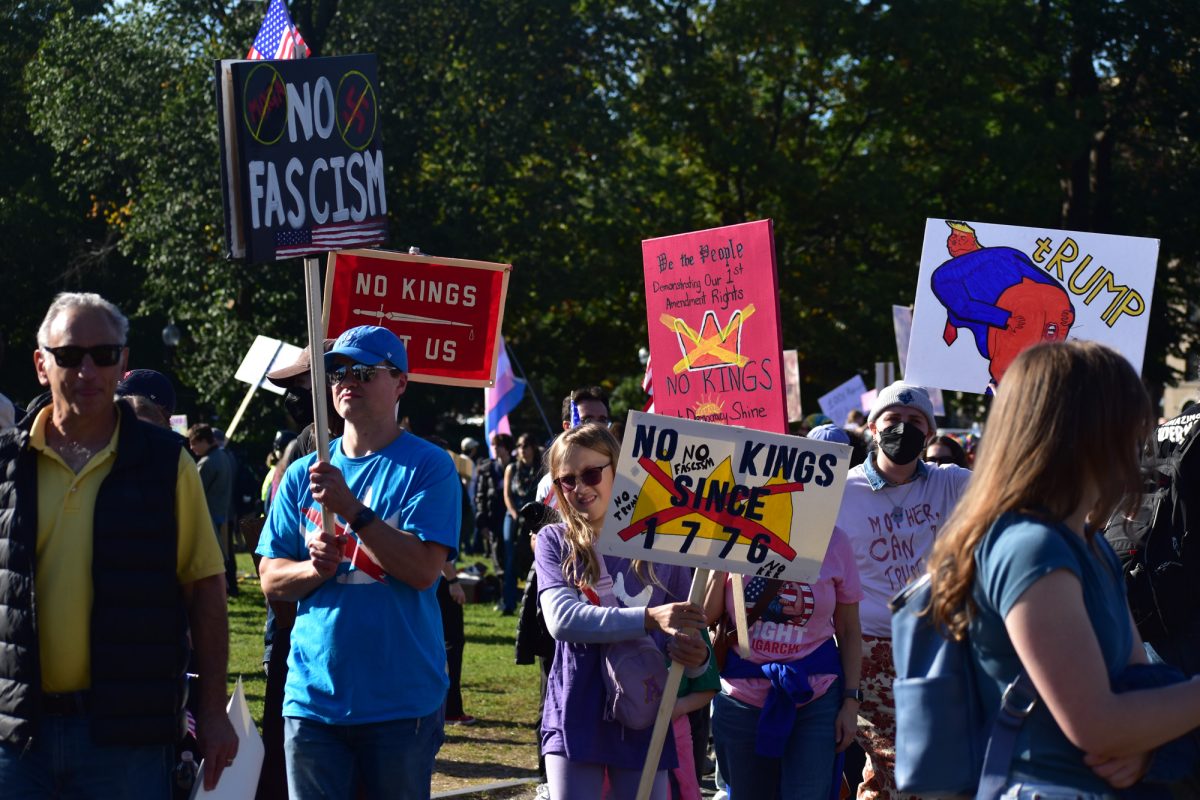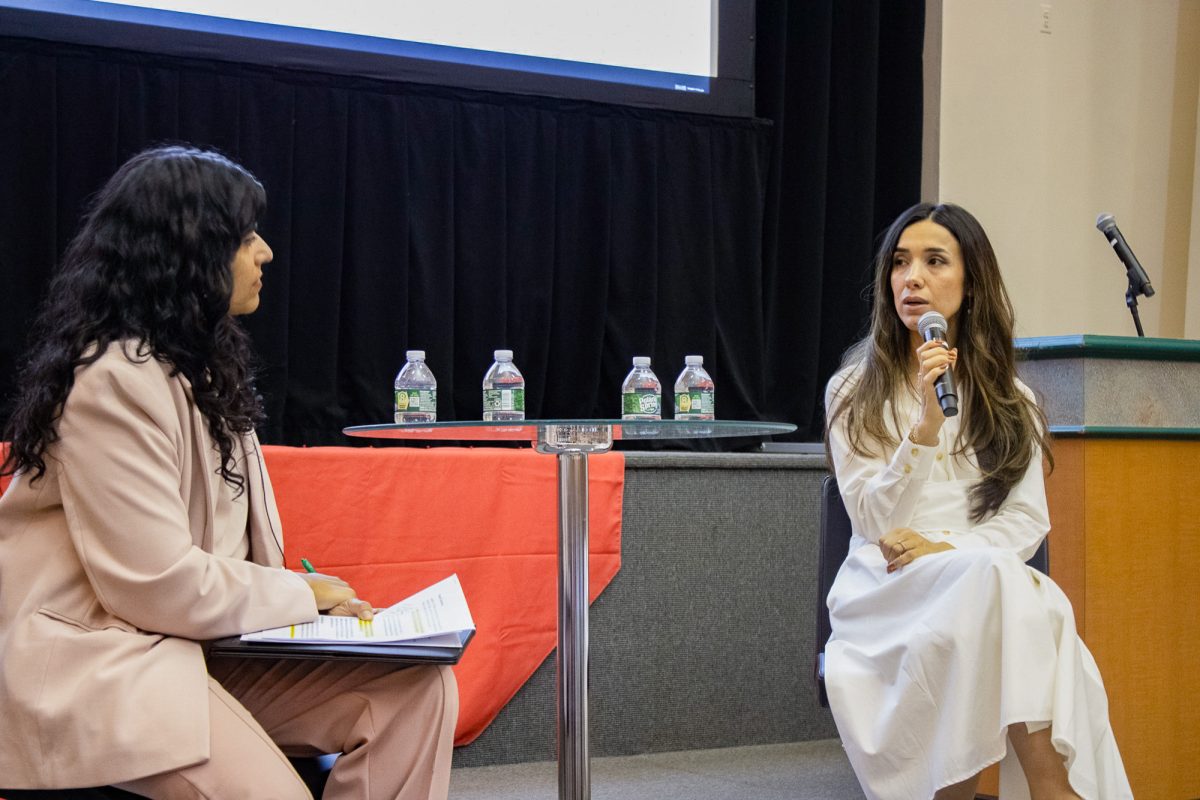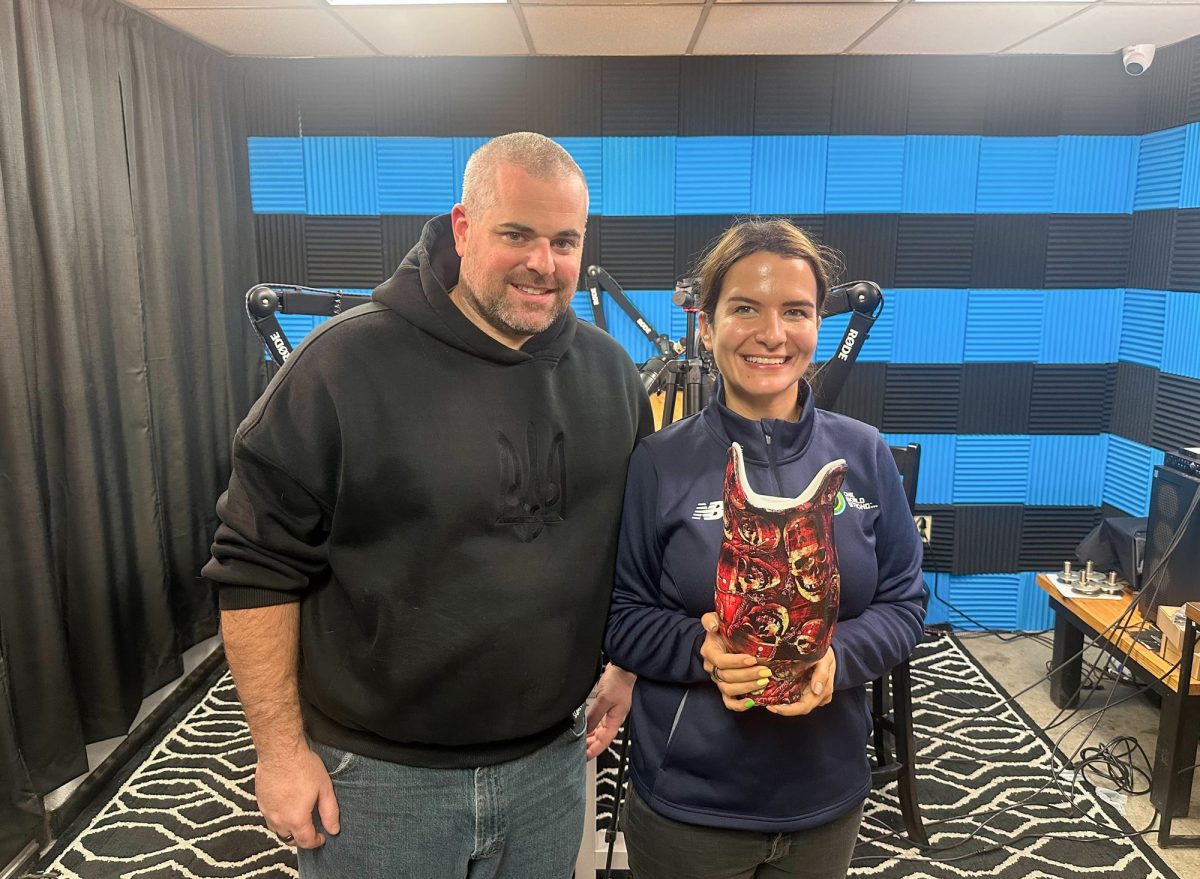Most Boston area schools are meeting the federal work study programs despite recent studies suggesting schools are falling behind the legal minimum.
According to a report released in August by the Corporation for National Service, 65 percent of the nation’s top universities, as ranked by U.S. News and World Report, failed to meet the national average for community service. The report measured the percentage of work-study funding a school allocates to jobs classifying as community service, as opposed to on-campus office jobs.
Under the Department of Education guidelines, seven percent of students who participate in a school’s work-study program must hold positions that qualify as community service.
“A lot of students only have an hour here and an hour there,” said Mary Ann French, associate director of Boston University’s Student Employment Office. “Although we encourage it, is a much different time commitment.”
BU, with an average community service commitment of 13.4 percent last year, supports such service organizations as the Intergenerational Literacy Project, a math tutoring program and Boston University Initiative for Literacy Development, which hires students to work under the America Reads program.
“We always encourage students, if they’re interested in community service, to get in contact with us, and we can see whether we can make a place for them,” French said.
Some of the students within the BUILD program said the program had worked around their schedules despite French’s opinion.
College of Arts and Sciences sophomore Alexis Bills, who works with BUILD, said the program was willing to adjust to her academic schedule this year when a problem arose.
“At the end of every semester, you just put in a staffing form to when you’d be working,” she said.
Bills, who works at Farragut Elementary School in Roxbury, said she likes working with BUILD because it offers her experience in social work, which is what she is interested in studying.
“It’s not just a far-off thing,” Bills said. “It’s very practical.”
CAS sophomore Jaime Becker, who also works with BUILD, agreed with Bills, saying she thought BUILD had much to offer both students and other Boston residents.
“I think it’s useful because we’re not only helping BU, we’re out there in the community,” Becker said.
Across the Charles River, Massachusetts Institute of Technology was one of three colleges that failed to meet the legal minimum.
According to a report in Washington Monthly, only 1.9 percent of MIT’s federal work-study funds is used for community service.
Although repeatedly contacted by the Daily Free Press about actions planned to address this problem, MIT spokespeople declined to comment.
Most schools have programs dealing with such issues as community health care, child care, literacy programs, public recreational development, neighborhood improvements and support services to the disabled and elderly.
Recent proposals by Sen. John McCain (R-Ariz.) and Evan Bayh (D-Ind.), who are trying to raise the legal minimum of students working in community service jobs to 25 percent, may cause more of a headache for MIT, as well as Boston University, which hovers around the national average of 12 percent.
Most other Boston area schools continue to maintain community service jobs near the minimum requirement. At Harvard, 15.3 percent of students fulfill the community service requirement, and at Boston College, that number is 12.4 percent.
“We have a lot of kids involved with tutoring, social service agencies — I think that’s the nature of a Jesuit university,” said BC spokesperson Reid Oslin. “We’ve always had great involvement.”

